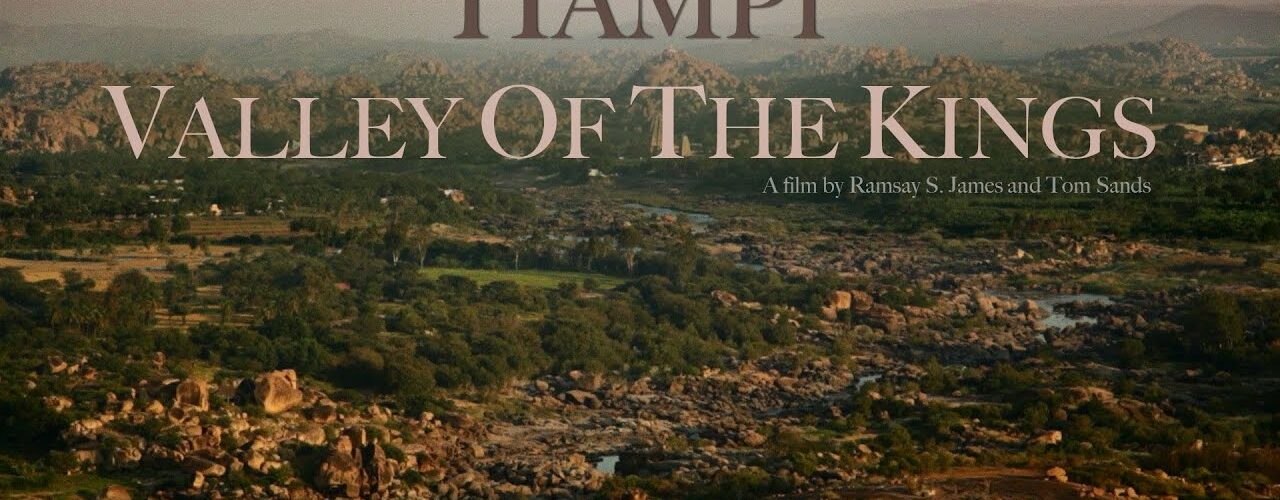For centuries, Hampi stood as a testament to the glory of gods and kings, its rugged landscape shielding it from invaders. Carved from the surrounding boulders, fortresses guarded the city, while sculptors immortalized the beauty of rulers and deities in granite.
Steeped in legend, Hampi was believed to be the heart of the mythical monkey kingdom and the birthplace of a revered Hindu deity. Its history intertwines with pivotal moments in Hindu mythology, with two sacred rivers converging at its doorstep, though modern reverence has waned.
Today, Hampi draws travelers from across the globe to explore its rich heritage. What was once a landscape of caves now boasts over twenty guesthouses, fueling a burgeoning tourism industry vital to the local economy. Yet, this growth has brought challenges, including waste management and encroachment on sacred sites.
Designated a UNESCO World Heritage Site in 1999, Hampi’s preservation comes at a cost, with thousands facing relocation from their homes near the ruins. Proposed measures, such as guided tours and restricted access, aim to safeguard the site while accommodating visitors.
Amidst these changes, one individual stands as a guardian of the land, dedicated to protecting its natural beauty and cultural significance for generations to come.





Add comment